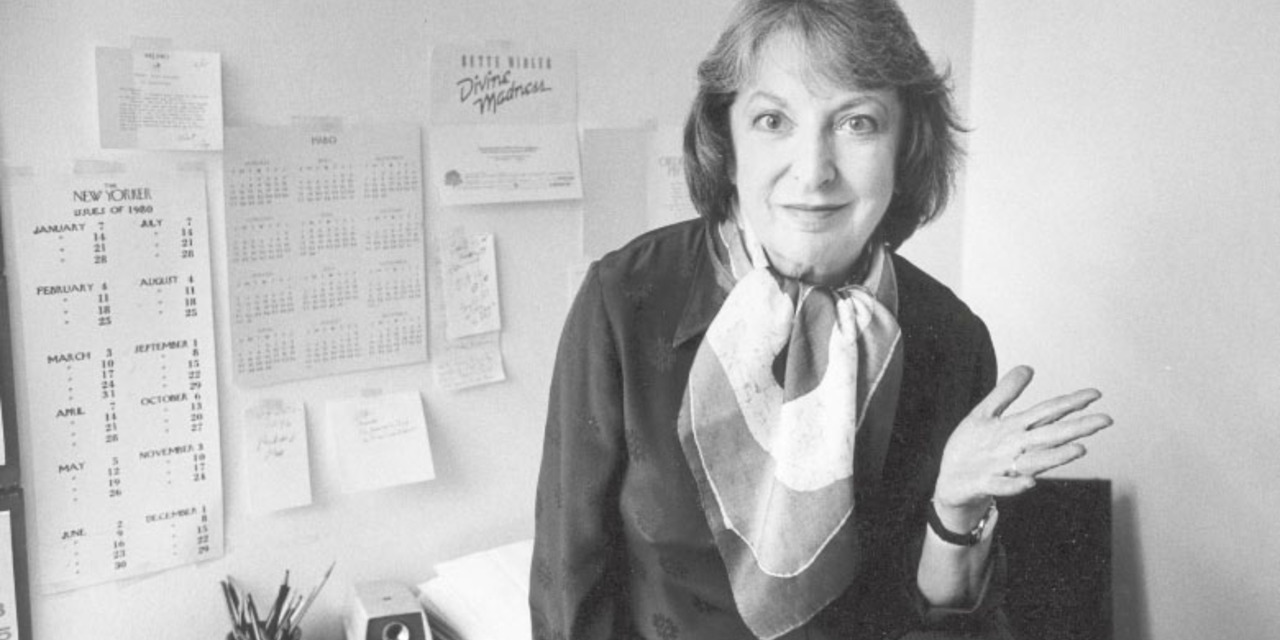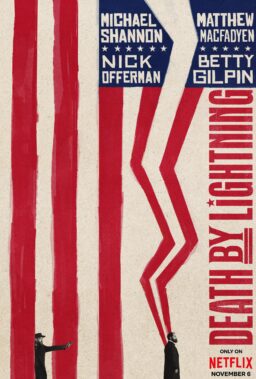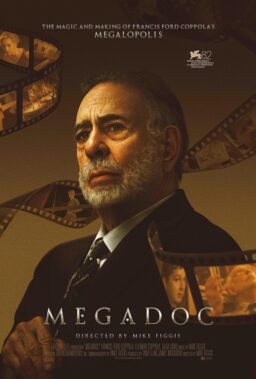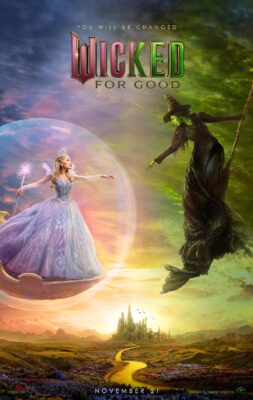The title of the new feature documentary by Rob Garver, “What She Said: The Art of Pauline Kael,” is a giveaway. In the film, the legendary critic for New Yorker is presented not merely as a key figure of film culture of the second half of the 20th century, but also as an artist in her own right: a woman for whom writing about movies constituted an act of self-discovery and emancipation. Since Kael’s medium of choice was prose (funny, insightful, irreverent), the special challenge of the documentary lied in fusing her words with whatever images can be extracted from her life—along with strategically assembled clips from the films she wrote about (and often helped to establish as works either major or forgettable). I interviewed the film’s director, Rob Garver, over Skype in September, one week after the 18th anniversary of Kael’s passing in 2001, at the age of 82.
When did you first have the idea of making a documentary on Pauline Kael?
It was about five years ago, in the summer of 2014. I believe I read something online about her, which made me think back to my first reading of Pauline’s reviews while I was in college, in the 1980s. I had started making my own movies as a teenager, and when I read her, it was almost like reading someone who also had the same adolescent enthusiasm for movies that I did. She was so passionate, and so all-in for what she was writing about. The difference of course was that she already had decades of experience and knowledge that I didn’t have.
The project was probably daunting. When Steve James embarked on making “Life Itself,” his loving portrait of Roger Ebert, his subject was still among us. Pauline has passed away almost two decades ago and audiovisual material including her voice and image is scarce. What was your initial approach like?
I just jumped in, I really didn’t know beforehand how much, or how little, was available of Pauline. When I first had the idea to make a documentary about her, the idea was to try to tell her own story through pieces of other movies, and to give a sense of the era she lived in and wrote about, which spanned most of the 20th century, from the silents to the digital age. I knew if I was going to make a good movie about someone who wrote about movies, it had to be cinematic.
I really felt like this could be an entertaining movie. Ultimately, Pauline, for whomever she was—and she was a great writer, she was insightful, she had a great grasp of history and knowledge of other arts, etc.—she was such an entertaining writer, and a performer on the page. And she really wasn’t a film critic—she was a writer whose subject was the movies. And movies became the catalyst for her to express herself in her writing.
The first thing I did was to reach out to Gina James [Pauline Kael’s daughter], and she was not initially enthusiastic about it. I asked for her blessing, but she didn’t give it. There are a lot of people who love her mother, but many who don’t, and the internet seems to amplify those dissenting voices. So Gina is very sensitive to that. She is a very different person from her mother. It it took me a couple of years for her to get on board. But I started to work and kept her abreast of what I was doing. In the end, she saw that it wasn’t going to be a total hit job, and it worked out, and she allowed me to be honest about showing her mother’s flaws as well. Gina first shared her photos with me, then the priceless home movies, and finally she agreed to go on camera for two interviews.
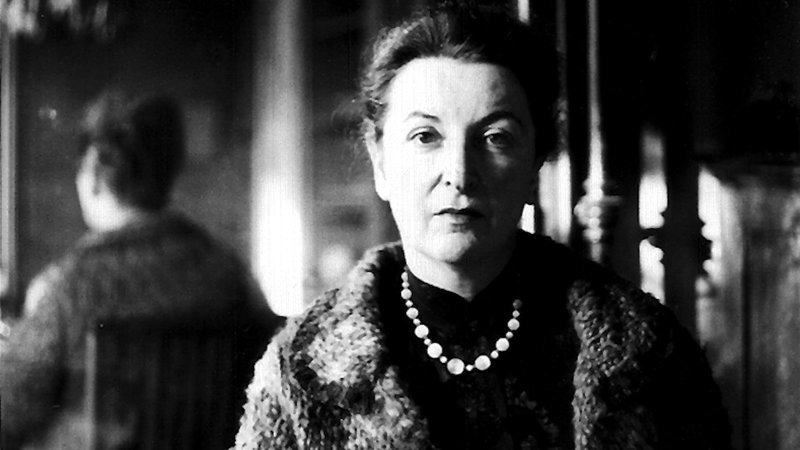
There’s no question the movie wouldn’t be the same without that key participant. What was your research for the film like?
Six months prior to shooting, I read Kael’s first five books, which I really feel contain her best and strongest writing. Many of the pieces I hadn’t read before. My introduction to her was originally through weekly issues of the New Yorker, so the book collections allowed me to encounter many pieces I missed or wasn’t aware of, like her review of the Jack Lemmon movie, “Save the Tiger” [1973]. There were so many surprises along the way, I got gradually more excited.
I also hired a very good researcher, Rich Remsberg, and we spent two weeks at Pauline’s archives, at the Lilly Library in Indiana. Rich also found many of the TV appearances that Pauline made. I also used Brian Kellow’s very good biography of Pauline, and Brian helped me get in touch with some of the people he had reached out to. Sadly he passed way in the summer of 2018 from an aggressive brain tumor.
Do you remember anything from those first readings of her reviews in the 1980s? Were you ever angry or outraged by her trashing a movie you liked?
Sure, many times! Quentin Tarantino in my film says that she would often point out a flaw in the film you wouldn’t first see yourself. I had that same experience, and I think many people did. And that brought about a mix of feelings, because you would often see that she was right about that flaw (whatever it was). That’s part of what made her such a great writer. An example is “2001: A Space Odyssey” [1968], which I really think she was unfair towards. Whatever its faults, it was a groundbreaking film. I agree with Pauline that the thinking in the movie, especially the end, is muddled, but she didn’t give Kubrick enough credit for what he accomplished. She was not a Kubrick fan. “Dr. Strangelove” is one of my favorites, and she said she thought that film wore its liberal leanings too boldly. I don’t agree with that either.
How do you recall the film criticism scene being like at the time when you became a conscious reader of film reviews? What was Pauline’s position within that scene from your perspective?
She was one of very few voices that were sought out. Because of her position of the New Yorker, she had big impact. [New Yorker editor] William Shawn gave her near-complete carte blanche to write what she wanted and, more or less, at the length she deemed necessary. That was unique, and very different from newspaper critics with their limited space. Besides, Pauline was less immediate than many other critics who would review films the second they came out, like Roger Ebert and Gene Siskel. I went to school in Chicago, so I would read them both in their newspapers and watch them on TV, but Pauline wrote for a weekly, and could often take more time. Because she wrote at such length, and with such authority, she became famous, and gained power from that.
But I don’t think she was interested in fame or publicity. She wanted to write well, and in her own voice, and that’s what comes through so vividly. Her sentences are alive, her mind and heart are alive, all the time, in her pieces. And when the movies were not very good, her writing was often better than the movie she wrote about.
I love that you are showing all that archival footage of Pauline. When I first set out to write my Ph.D. on her work in 2006, there was virtually nothing online of her voice and image. In your film, she really becomes a presence.
It was a long process. The movie took longer than I thought it would to make, but the process improved the film. Like that opening audio recording of a child interviewing Pauline the year before she died. That was an audio cassette, and the person who did the interview was the daughter of Allen Barra, a writer and a friend of Pauline’s. He was at Pauline’s home one day and his daughter Maggie had a school project, so she interviewed Pauline for it. Alan kept it on a cassette stored in a box at his attic and I really had to wait for it, because he didn’t find it right away. There were more things like that. Also, the corrected galley with William Shawn’s hand-written notes that you see in the film—they came from a gentleman called William Whitworth, who was at the magazine with her. A lot of the things came from Gina, like the home movies. Gina had actually never seen them herself. I rented a 16mm projector and I drove up to Great Barrington, MA, where she lives, and we watched them together.

I loved that you show that the exceptional murals by the artist Jess that adorned Pauline’s San Francisco home at 2419 Oregon Street. Also, I loved the house party footage shot by Stan Brakhage.
That was shot either by Brakhage or the painter Harry Jacobus, both who were friends of Pauline.
There’s a lot of stuff in the film written in Pauline Kael’s hand. I assume these are items from the Kael Archive at Lilly Library at Indiana University in Bloomington?
Many of those are from the archive. Pauline kept most of of things that came to her desk. I didn’t realize till I got to Bloomington that they also house the Orson Welles, John Ford, Peter Bogdanovich archives. That library has a strong connection to film.
What were some of the responses you got when you first tried to arrange the interviews for the film? Were there any hurt feelings?
It was mostly positive. Most people wanted to talk about Pauline. Whether or not they had an issue with her, they all respected her. There were several people who didn’t want to talk to me, such as Warren Beatty and Woody Allen. I also tried to get Spielberg, DePalma and David Lynch, but it didn’t work out with the timing. I did find archival of Woody Allen from 1975 when he appeared the same talk show with Pauline. In the interviews I did, I wanted people to be honest. And I do believe they were. Pauline was nothing if not honest, so I think maybe that feeling came through in the interviews.
You don’t linger over the enigmatic period of Kael’s Hollywood stint as a script consultant in 1979-1980.
I felt it was kind of an anomaly in her career. She had gotten to a point where she had done so much good writing already, and I think she must have wanted a change. Like Michael Jordan trying to play baseball. Another reason was probably financial—she wanted to make money, New Yorker wasn’t paying her a huge amount, her book sales were good, but that still didn’t amount to a big income. So it was an opportunity to put some money away. I think she was more of a fish out of water in Hollywood. She was back at the New Yorker six months later. Script consulting came in the second half of her time in LA. Initially she was hired to produce a film for Warren Beatty. And that was a disaster—producing wasn’t for her. The ruthlessness that she saw she needed to perform in that role just wasn’t part of her persona.
There’s a writer from Vanity Fair, Lilli Anolik, who wrote a big piece on that whole episode and Lili is in my film. She did talk to Warren Beatty. And in fact, I don’t think Beatty was honest in his answers to her about what happened with Pauline. I just thought that episode didn’t deserve that much space in my film, which is really about her as a writer, not as a Hollywood neophyte. But as Joe Morgennstern says, “she took a flyer” and how great that she left her comfort zone and tried.
The job of weaving together dozens of film clips you use had to be painstaking.
It was a long process; two or three years writing and editing, gathering more material, and doing it over again. I went through various cuts, and there was a good deal of trial and error. I wound up with a 126-minute cut, and then handed it over to another editor—Melanie Vi Levy, who took a machete and helped me so much in making it a leaner movie, closer to 90 minutes. There are scenes on Pauline’s view of “Blue Velvet” and Frederick Wiseman’s “High School,” and others that we left on the editing room floor. Maybe they’ll make it to a DVD release.
The music was very important too. I really wanted to express something that was true to Pauline’s buoyant spirit. My composer, Rick Baitz, did a great job in coming up with a memorable theme, and also included cues that recall scores of the movies she wrote about, like “West Side Story” [1961] and “Psycho” [1960]. Rick and I decided that the whole film would be like a dance, so in many sections where we are in Pauline’s head as she is writing a review, we wanted to create this sense of momentum and movement into the movie she’s writing about. That sense of liveliness is how Pauline’s writing hits me. You can feel how much she enjoys it, and I wanted that to be carried over into the film. It’s art for art’s sake.

What about the involvement of Sarah Jessica Parker as the voice of Pauline?
Pauline and Sarah Jessica are connected in that both came to be associated with new New York, even though neither are originally from here. And of course, Sarah Jessica played a writer in “Sex and the City.” So I reached out to her a couple of year ago at the TriBeCa Film Festival. She was enthusiastic and turned out to be a fan of Pauline’s. She told me her mom used to subscribe to New Yorker and they would read Pauline’s pieces together. And coincidentally, Pauline’s very last published review, of Steve Martin’s “L.A. Story” [1991], that the New Yorker ran [on February 11, 1991], was of a Sarah Jessica Parker movie. The final line of Pauline’s review describes her character.
These final lines read: “Sarah Jessica Parker (…), her long, curly hair like eiderdown, is a natural heroine of a L.A. movie. She’s the spirit of L.A.: she keeps saying yes.” How did you direct Parker’s offscreen readings of Pauline’s prose?
She didn’t require much direction; and found a nice middle ground between her own persona and Pauline’s. One thing Sarah Jessica did, which I didn’t see mentioned in any of the reviews, was quite wonderful. You see, Pauline had a special way of saying the word “movies” with an extended first syllable—“moovies,” almost. It was probably part of her Northern California accent —and Sarah Jessica appropriated that. It’s a performance, not an impression.
What is your favorite Pauline Kael review?
The thing about Pauline is her writing is so consistently good that it’s hard to pick one. One of my favorite pieces is definitely The Come-Dressed-as-the-Sick-Soul-of-Europe Parties, where she criticizes three arthouse films [Michelangelo Antonioni’s “La Notte,” Federico Fellini’s “La Dolce Vita” and Alain Resnais’ “Last Year at Marienbad”] as being about not much more than the “bored rich.” This is just pure Pauline—so much fun to read, even if you like those movies (which I am not huge fan of). Camille Paglia says in my film that Pauline was attacking exactly what Paglia loved about those movies. And Paglia loved her for it. There’s a kind of magic in pieces like this.
In a way, Paglia seems a kindred soul with Pauline; a brilliant fellow gadfly. I loved that you had the intuition to reach out to her.
I knew I wanted to have people in the movie from different aspects of culture. That’s why I included Paglia, but also playwrights John Guare and Christopher Durang, and Greil Marcus, who writes about music. It was important not to have only film people interviewed, since Pauline herself loved all the arts from the time she was a kid. Her spirit was big and broad, and she was never only interested in the movies, but all the arts—music, painting, theater and literature, television. One quote I love from her is, “I could much easier live without movies than without books, which would almost seem like a form of death.” She was a sponge, and a cultural carnivore, and a one of a kind person who made her own life, in her own way. She had some luck too, and barely survived, but in the end, she succeeded in becoming the writer she wanted to be.

